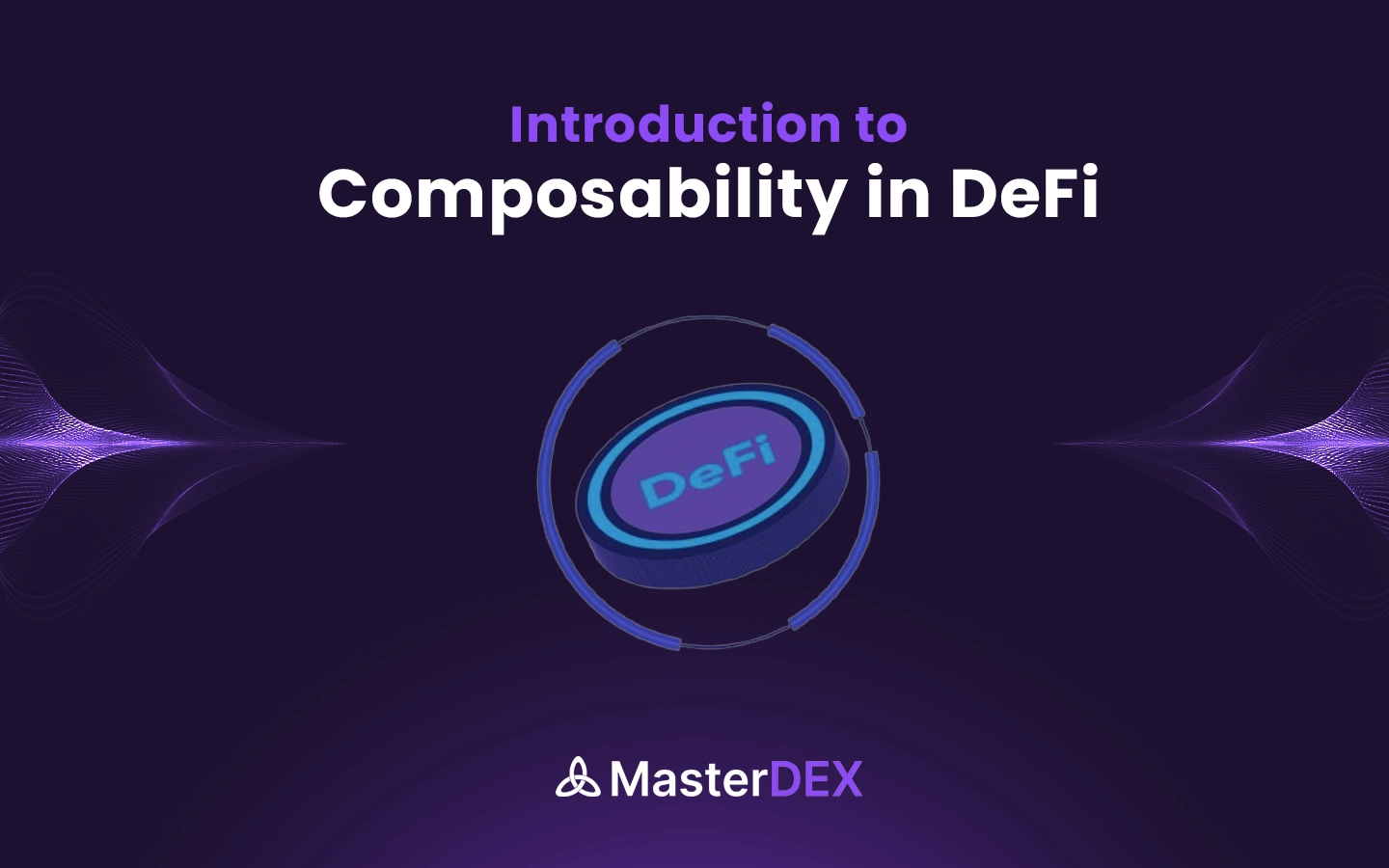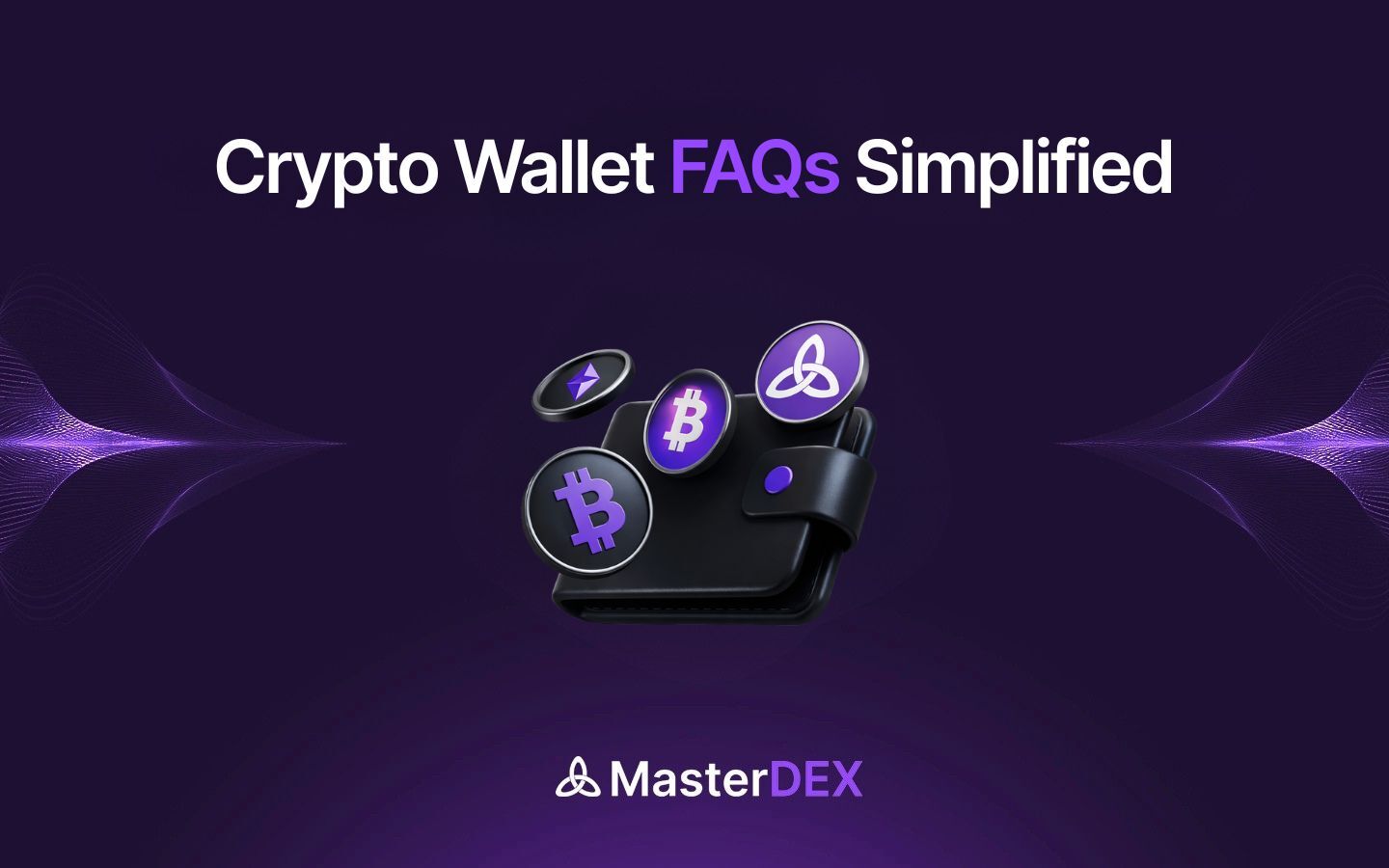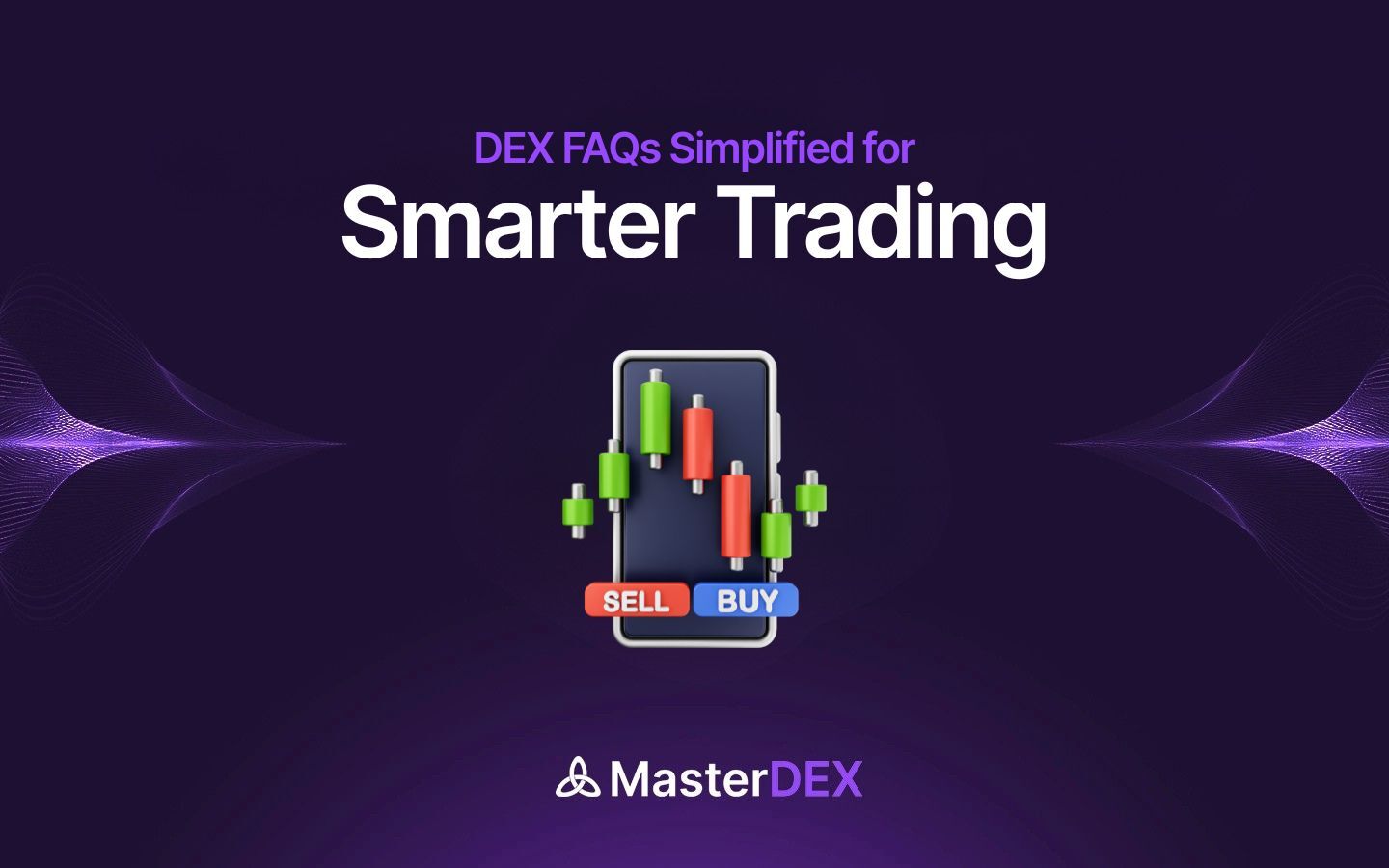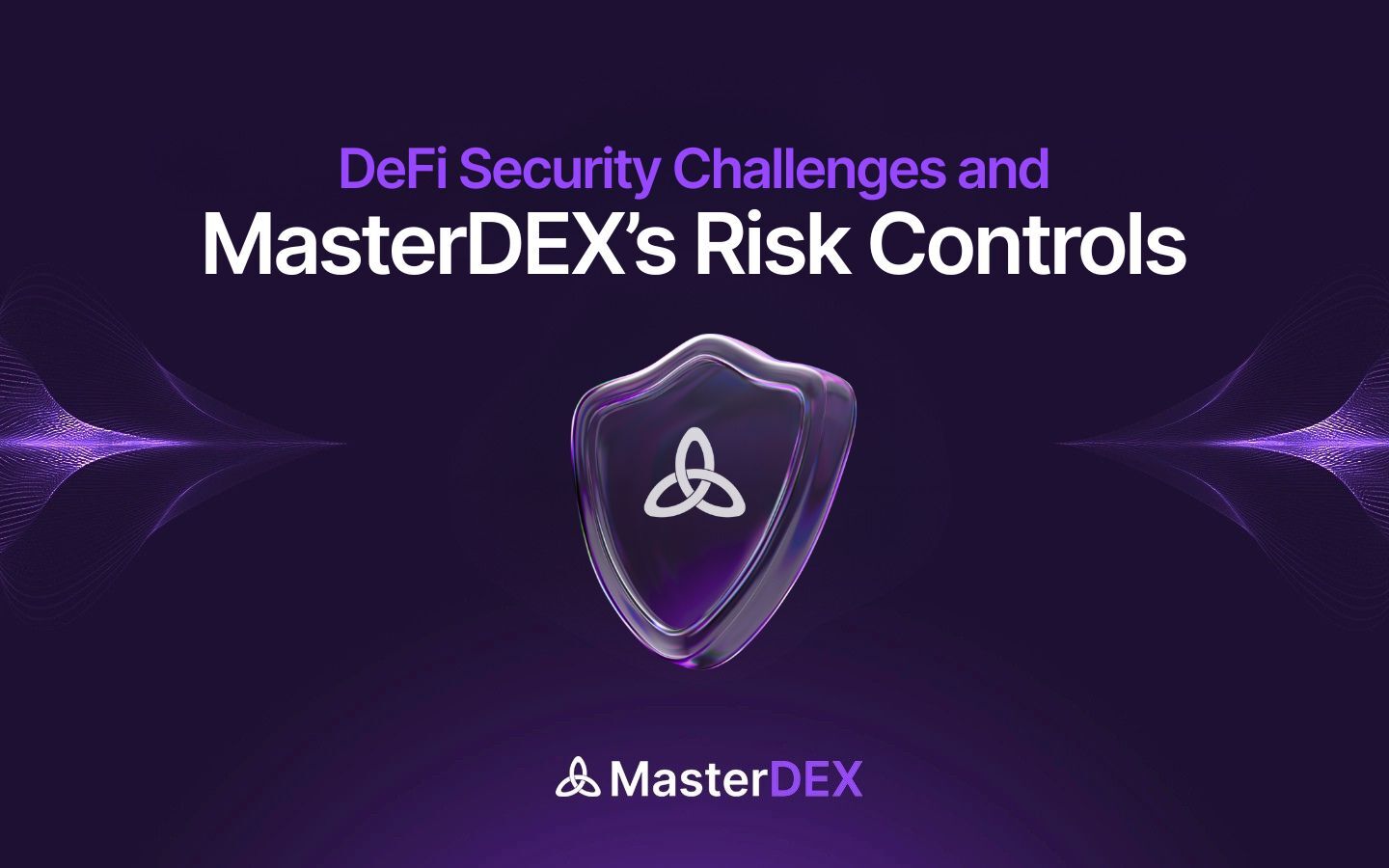If you’ve spent any time exploring the world of decentralized finance (DeFi), you’ve probably come across the term composability, often called the “money Lego” feature of crypto. But what does that really mean?
In simple terms, composability refers to the ability of different DeFi applications and protocols to interact seamlessly and build upon one another, much like stacking Lego bricks. Each DeFi app (or protocol) functions as a modular piece, and developers can combine these pieces in creative ways to produce entirely new financial products and services.
Unlike traditional finance, where systems are siloed, fragmented, and controlled by central authorities, DeFi thrives on open-source smart contracts deployed on public blockchains like Ethereum. Because these contracts are transparent and permissionless, anyone can use or integrate them, creating powerful chains of functionality without reinventing the wheel.
For instance, imagine a developer creating a yield farming strategy. Instead of building a lending platform from scratch, they can simply plug into Aave for lending, Uniswap for token swaps, and Yearn for optimization—all in one smart contract. That’s composability at work.
It’s what turns DeFi from a set of individual apps into an interconnected financial ecosystem, where protocols don’t just coexist, they collaborate.
Table of Contents:
ToggleWhy Composability Matters?
Composability isn’t just a neat trick—it’s the engine behind DeFi’s explosive growth and innovation. It’s what makes it possible for developers to move fast, users to get more utility, and the ecosystem to evolve organically.
Think of it this way: in traditional finance, launching a new financial product requires months—if not years—of red tape, approvals, and proprietary integration. In DeFi, a solo developer can create a powerful application over the weekend by simply connecting a few existing smart contracts.
That’s because composability allows existing protocols to serve as building blocks for new ideas. Want to create a decentralized hedge fund? Use Compound for lending, Curve for stablecoin liquidity, and Set Protocol to wrap it all into a single tokenized portfolio. No need to start from scratch.
This interconnected design also fuels network effects. The more protocols that plug into each other, the more valuable the entire ecosystem becomes. As new services emerge, they instantly benefit from the infrastructure and liquidity of what’s already out there.
From a user’s perspective, composability means better, more efficient financial tools. You don’t need to visit three separate platforms to borrow, trade, and earn. Smart contracts do that in the background, stitching everything together into one smooth experience.
But perhaps most importantly, composability fosters financial experimentation at a pace never seen before. It gives every developer the ability to innovate without permission, and that democratization of creativity is what makes DeFi such a revolutionary force.
Composability in Traditional Finance Vs DeFi
| Aspect | Traditional Finance | Decentralized Finance (DeFi) |
| System Architecture | Closed, siloed, proprietary systems | Open-source, modular, and permissionless protocols |
| Integration Speed | Slow, requires approvals, partnerships, legal agreements | Fast, anyone can plug into existing smart contracts instantly |
| Accessibility | Limited to licensed institutions or partners | Open to developers and users globally |
| Component Reusability | Rare; components are tightly coupled and not shareable | High; protocols can be reused and recombined easily |
| Innovation Cycle | Slower, hindered by regulation and bureaucracy | Rapid innovation via composable “money Legos” |
| Cost of Development | High, due to regulatory, compliance, and custom infrastructure | Lower, as composable blocks reduce redundancy |
| Security Dependencies | Isolated systems reduce contagion risk | Shared risk—vulnerabilities can cascade across protocols |
| User Experience | Fragmented; users deal with multiple providers separately | Unified; multiple services stitched into single interfaces |
How Does It Differ from Interoperability?
It’s easy to confuse composability with interoperability in DeFi—after all, both talk about systems working together. However, in the world of DeFi, the two are fundamentally distinct, and understanding this distinction is crucial to comprehending how decentralized ecosystems operate.
Composability refers to how smart contracts and protocols within a single blockchain—most commonly Ethereum—can interact natively and directly with one another. These interactions are typically smooth, instant, and synchronous because everything lives in the same environment, following the same rules. Think of composability as building a machine using parts from the same factory line—they fit together by design.
Interoperability, on the other hand, is about enabling communication between entirely different blockchains. It’s more like trying to connect machines built in different countries with different plug types and voltage systems. You need bridges, relayers, or interoperability protocols like Cosmos’ IBC or Polkadot’s parachains to make them talk to each other. This is often asynchronous and can be slower, more complex, and riskier.
Here’s a simple analogy:
-
- Composability is when Lego pieces snap together effortlessly.
-
- Interoperability occurs when you attempt to connect Lego with a different toy system and require adapters to make it work.
So while both aim to improve connectivity in decentralized systems, composability is about building within, whereas interoperability is about building across. Both are important, but composability is what gives DeFi its modular power and agility.
Types of Composability
Composability in DeFi isn’t one-dimensional. As the ecosystem evolves, experts have identified multiple ways to categorize how DeFi protocols and smart contracts “snap together” to create powerful systems. Here are some of the key types of composability shaping decentralized finance today: Synchronous vs Asynchronous Composability
At the technical level, composability can be synchronous—where smart contracts interact instantly within a single transaction (typically on one chain like Ethereum)—or asynchronous, where interactions occur across chains or over time, often requiring bridges or external layers. But there’s more.
-
- Morphological Composability
This focuses on how individual modules retain their unique functions even when integrated into larger systems. In DeFi, this could mean combining a lending protocol, a DEX, and a vault strategy—each still doing what it does best while being part of a broader architecture.
-
- Atomic Composability
This is about independent operation. Each protocol or smart contract in DeFi offers its own standalone service, which can be used individually or together with others, without disrupting their core behavior or logic.
-
- Syntactic Composability
This refers to compatibility through standard interfaces. Thanks to shared standards like ERC-20 or ERC-4626, different DeFi protocols can “speak the same language” and easily interact, passing data and tokens smoothly.
-
- Functional Composability
Think of this as smart contract teamwork. It enables different functions across contracts to operate together within a single transaction, such as swapping tokens and staking them simultaneously. This makes DeFi faster and more user-friendly.
-
- Protocol Composability
This enables collaboration between entire DeFi platforms. For example, a decentralized exchange (DEX) can integrate with a lending protocol, allowing users to borrow while trading, thereby creating a richer and more flexible financial experience.
-
- Liquidity Composability
One of DeFi’s superpowers. It enables platforms to tap into liquidity from various sources, improving trade execution and reducing slippage, which is especially important for large trades or volatile markets.
-
- User Experience Composability
Ultimately, all this tech should feel simple. This form of composability combines services into a seamless interface, where users can lend, swap, stake, and track assets, without hopping across multiple dApps.
In short, composability isn’t just one idea—it’s a layered concept that enables innovation, collaboration, and usability at every level of DeFi.
Benefits and Challenges
Composability is often hailed as one of DeFi’s greatest superpowers—and rightly so. But like any powerful tool, it comes with both exciting upsides and serious risks. Let’s look at the key benefits and challenges it brings to the decentralized finance ecosystem.
Benefits of Composability
1. Accelerated Innovation
Composability drastically reduces the time and effort required to build new financial applications. Developers can take existing, proven protocols and integrate them like building blocks. This modularity fosters creativity, accelerates development, and enables rapid experimentation, fueling the kind of innovation that’s hard to match in traditional finance.
2. Efficient Use of Resources
Instead of reinventing the wheel, DeFi builders can focus on unique value propositions while relying on shared infrastructure. This leads to leaner, more efficient projects that piggyback on existing systems without duplicating effort.
3. Enhanced User Experience
Users benefit from seamless, all-in-one functionality. For instance, using a single app that lets you borrow, swap, stake, and earn—powered by multiple composable protocols in the background—feels intuitive and empowering. You don’t need to jump across platforms to manage your assets.
4. Liquidity Aggregation
Composability allows protocols to share liquidity pools. DEX aggregators, such as 1inch or Matcha, can route trades across multiple platforms, ensuring users receive the best prices and minimize slippage, particularly for larger orders.
5. Synergistic Ecosystems
Composability creates a network effect. As more protocols integrate with each other, the overall value of the ecosystem increases. Every new addition enhances the functionality of others, fostering a true sense of collaborative finance.
Challenges of Composability
1. Cascading Risk and Protocol Dependencies
While composability is great for integration, it also creates tight interdependencies. If one protocol is exploited or fails, it can impact every other project that relies on it. These chain reactions can amplify vulnerabilities across the DeFi stack.
2. Smart Contract Bugs and Exploits
When multiple protocols are linked together in real-time transactions, the attack surface grows. Even if each smart contract is secure on its own, combining them can introduce unforeseen vulnerabilities, such as reentrancy bugs or flash loan attacks.
3. Composability Loops and Complexity
Too much stacking can lead to complex feedback loops. If protocol A depends on B, which depends on C, and so on, the logic can become fragile and difficult to audit. The deeper the chain of dependencies, the harder it is to predict outcomes.
4. Standardization Barriers
Not all protocols follow the same token standards or data formats. Without unified design practices, achieving clean syntactic composability can become a challenge, especially across emerging Layer 2s and alternative chains.
5. MEV and Front-Running
Highly composable systems are also more prone to miner extractable value (MEV). Arbitrage bots and front-runners can exploit visibility into smart contract logic, extracting profits at the expense of ordinary users.
In short, composability gives DeFi its creative edge, but it also raises the stakes. Building in a composable world demands not just innovation, but responsibility, security, and foresight.
Conclusion
Composability is more than just a technical concept—it’s the beating heart of decentralized finance. It’s what transforms isolated protocols into a living, breathing financial ecosystem, where applications are not only open but interwoven, not just functional but collaborative.
By allowing DeFi projects to interconnect like Lego blocks, composability has opened the doors to faster innovation, broader accessibility, and more personalized user experiences. It has enabled an entirely new way to build financial services—one that’s transparent, modular, and constantly evolving.
But with that power comes responsibility. The very openness that makes composability exciting also makes it fragile. Developers must think beyond individual contracts and consider how their code affects the wider network. Security audits, standard interfaces, and a thorough understanding of dependency risks are crucial in maintaining a healthy, composable environment.
As DeFi moves toward a more multichain and cross-layer future, composability will continue to evolve from synchronous smart contract connections to more sophisticated asynchronous and cross-protocol integrations. And with that, we may see the rise of even more dynamic, and user-centric financial systems.



